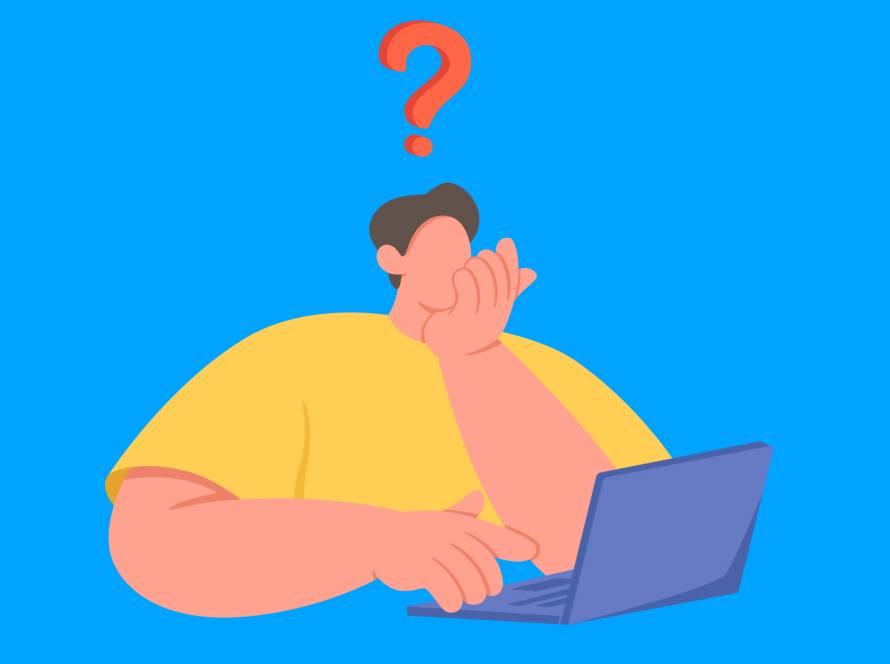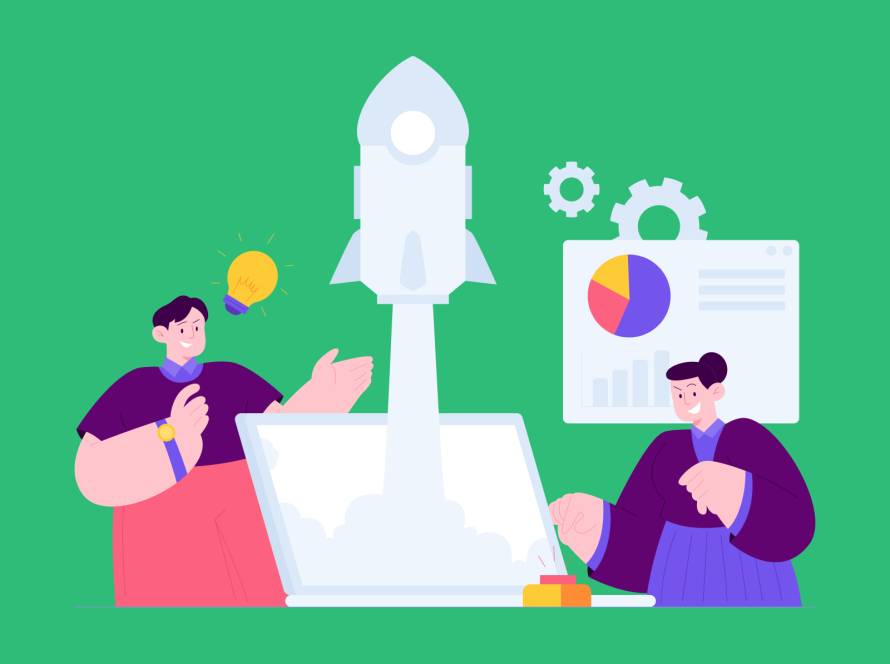TL; DR
B2B SaaS companies still overspend on outbound marketing, whereas inbound leads cost 70% less. The solution? A structured inbound system that scales over time.
We call this system ‘Nopea’s Agile Inbound Growth Model’ and it reduces CAC (customer acquisition cost) by 50–70% using persona-driven content, automation, and targeted advertising.
The exact numbers (of reduction in CAC) vary case by case since no two B2B SaaS companies are the same. However, the core principle holds: a structured inbound system compounds over time and can reduce CAC by over 50% compared to pure outbound marketing. Plus, outbound, especially cold email, has diminishing returns without a strong inbound program to support it.
Introduction
For B2B SaaS companies, generating high-quality leads is a challenge. Many still rely on outbound marketing, even though inbound leads cost 70% less. Yet, inbound marketing is underutilized due to poor execution, unrealistic expectations, and misalignment between content, marketing, and sales.
HubSpot pioneered this system, and we’ve added to it by including paid ads to the mix.
At Nopea, we help B2B SaaS companies build scalable inbound marketing systems that reduce customer acquisition costs (CAC) by 50–70%, leading to sustainable pipeline growth to support the sales team.
This article breaks down why inbound marketing works, key strategies for success, and a step-by-step plan to improve your lead pipeline.
Why do B2B SaaS companies need a strong inbound marketing strategy?
1. Outbound marketing is expensive with diminishing returns
Let’s look at the industry benchmarks for outbound lead generation:
- Outbound lead generation costs between €100 and €1,000 per lead, depending on the industry.
- Sales-qualified leads (SQLs) cost between €300 and €1,000, even with optimized campaigns.
- 79% of outbound leads never convert because they aren’t properly nurtured. (Source: Forrester Research)
“Over time, outbound marketing becomes more expensive while giving fewer results, making it an unsustainable growth strategy without a strong inbound engine”,
– Sharjeel Sohaib, Founding Partner, Nopea.
2. Inbound marketing lowers costs and improves conversions
- Decision-makers consume 10+ pieces of content before making a purchase. (Source: Gartner)
- Inbound leads cost 70% less than outbound leads. (Source: HubSpot)
- A well-planned inbound strategy can cut CAC by 50–60% and drive consistent sales pipeline growth. (Source: Nopea Data)
Common inbound marketing mistakes
Many B2B SaaS companies struggle with inbound because they
- Expect one marketer to manage an entire inbound strategy.
- Treat inbound as a one-off campaign instead of an ongoing growth engine that builds quarter over quarter.
- Don’t align content, SEO, marketing, and sales into a seamless process.
To see real results, inbound marketing needs a structured approach, cross-team collaboration, and long-term commitment.
The Nopea approach: A smarter way to scale inbound growth
A successful inbound strategy isn’t just about publishing content; it requires a structured, scalable system that delivers long-term results.
While “structured” and “scalable” deserve deeper exploration, the core idea is clear: Inbound success comes from strategy, not just content.
Our Agile Inbound Growth Model is based on three principles:
Strategic growth
Instead of relying on individual campaigns, inbound marketing should build over time, combining content, automation, and advertising for greater visibility.
Compounding results
Each campaign adds high-value assets (SEO blogs, email sequences, and LinkedIn thought leadership) that continuously attract prospects (your ICP) and increase brand authority.
Scalable execution
Once inbound is established, increasing investment amplifies results, rather than starting from scratch each time.
A Two-phase plan for B2B SaaS growth
Phase 1: (Months 1-4)
Build Awareness & Generate Leads
Focus Areas:
✅ Website & content audit with quick conversion fixes
✅ LinkedIn thought leadership to establish authority
✅ SEO blog content, whitepapers, and lead magnets to attract high-quality leads
✅ CRM automation and email nurture sequences to engage and qualify prospects
Key Metrics to Track:
Increased website traffic and engagement
Growth in marketing-qualified leads (MQLs)
Expected ROI: +20-30% growth in traffic and leads
Phase 2: (Months 5-8+)
Convert Leads into Customers
Focus Areas:
✅ Advanced LinkedIn engagement & targeted advertising
✅ Video content, case studies, and testimonials to boost trust and credibility
✅ Sales funnel optimization & A/B testing to improve conversions
Key Metrics:
???? Growth in sales-qualified leads (SQLs) and sales conversations
???? Higher conversion rates in the sales pipeline


